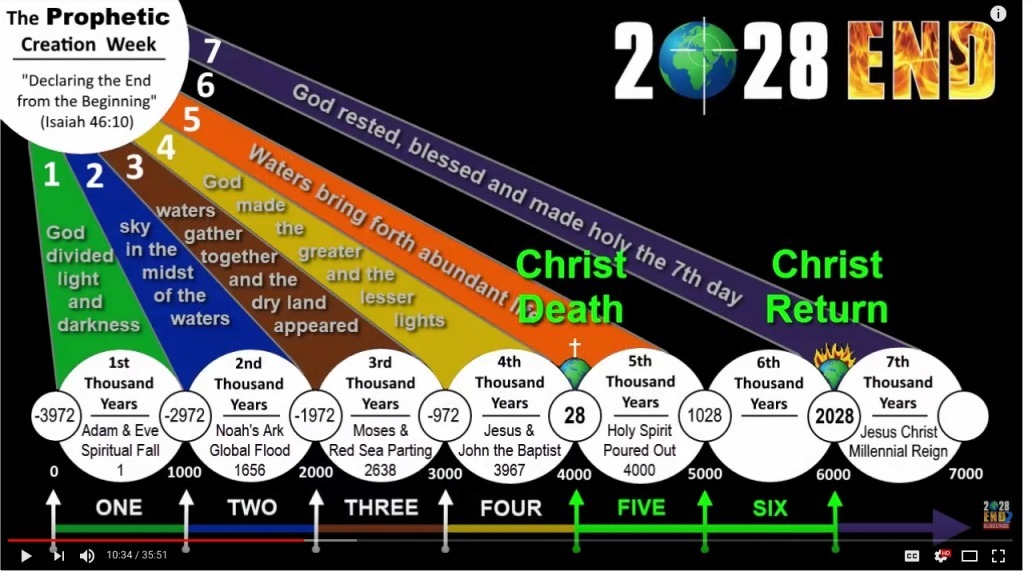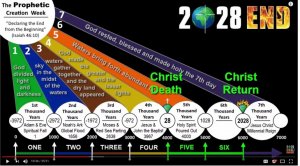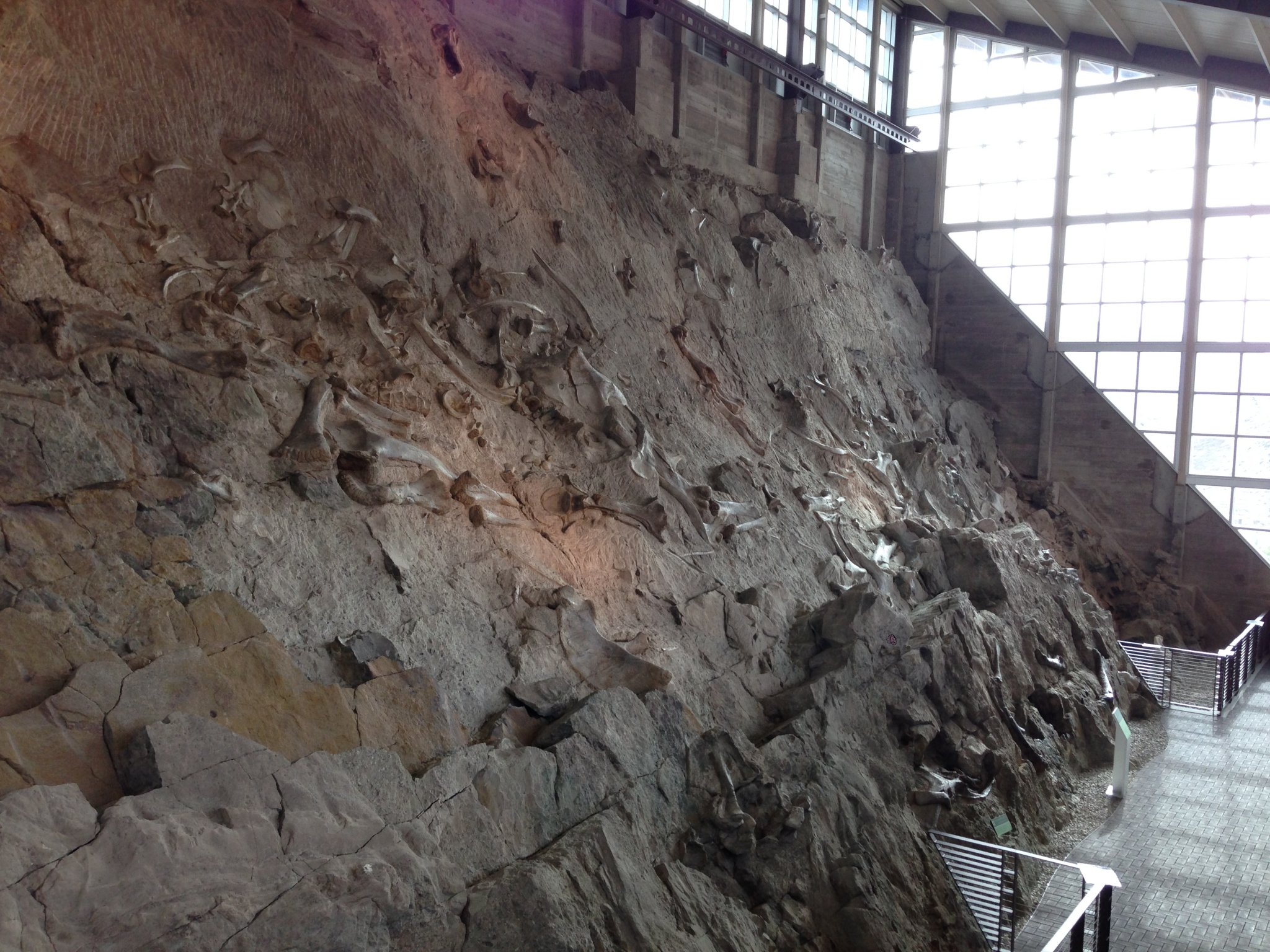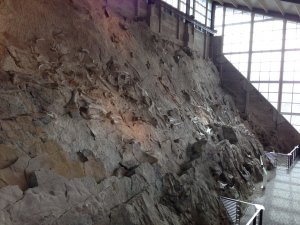- Aug 2, 2018
- 231
- 108
- Country
- United States
- Faith
- Non-Denom
- Marital Status
- Private
- Politics
- AU-Democrats
miamited, I would agree that is it perfectly within the power of God to create the world exactly as a literal reading of Genesis would suggest. An omnipotent God has power to change the laws of physics after all. However, I believe you are not reading Genesis correctly. You are reading it as a Gentile, as a Greek, with a modern mindset and not understanding it on the deeper level of a Hebrew and a man of God. God Almightly has given us this wonderful description of the beginning of the universe, and it is our duty to investigate it further. God has given us minds to think, and eyes to see, and an entire universe filled with His natural revelation. To deny this exploration is to deny God. Our scientific inquiry as to the origins of the universe is not ungodly, quite the opposite, it is our divine obligation. And God is not a God of trickery - he has not laid traps for us in His revelation. He takes delight in our observations and our interest in the work He has made.
Jon,
Where do you get that to deny exploration is to deny God and it's our divine obligation?
 Only a true believer in Jesus can give proper credit where it's do and glorify God for His creation. Secular man only glorifies evolution and the creation, and not the Creator, and only turns mankind away from the Bible and the Creator. (Romans 1:18-25)
Only a true believer in Jesus can give proper credit where it's do and glorify God for His creation. Secular man only glorifies evolution and the creation, and not the Creator, and only turns mankind away from the Bible and the Creator. (Romans 1:18-25)If we cannot understand the literal 7 day, 24 hour week-that has been in effect since day one, something we can all still observe now, how can we understand and trust the simple message that Jesus was/is our Savior and died on the cross for our sins? I mean, this is the crux of these arguments.
Our understanding of all theses things must come from the inspired word of God, and not observation. Only when our observation lines up with what the Bible teaches (pretty plainly IMO), do we have the truth that glorifies God.
Upvote
0







